Rapid process change
Spanish manufacturer, Viñolas Metall, is gearing up for Industry 5.0 with new welding solutions from Fronius.
Image caption: David Viñolas, Managing Director, Viñolas Metall, in front of Fronius welding systems.
======
Viñolas Metall is a Spanish family business specialising in the construction of metal components, sheet metal processing and boiler making. The company has a diverse range of customers from different industries including winemaking; water treatment; swimming pool accessories; mechanical engineering; plant construction; toolmaking; powerplant and railway construction.
Josep Viñolas founded Viñolas Metall in 1968 in Cornellà del Terri, Spain, and the company has been producing metal constructions for companies and private consumers ever since. Years later, his son David Viñolas joined the company and invested in new machinery and technologies for the export business as well as to optimise project workflows through computerisation. A 4,000m2 production site in Banyoles was recently opened to complement the existing 800m2 assembly workshop in Cornellà del Terri, Spain.
As part of the company’s latest innovative measures, a CMT robotic welding cell from Fronius has been introduced, in combination with a TPS 400i power source, for the series production of identical parts. The iWave Pro series, the new generation of Fronius multi-process welding machines, is also being used for specific applications. Viñolas Metall has been certified to ISO- 3834-2 by the Fronius Welding Academy.
Meeting new challenges
Welding currently accounts for 70-80% of the company’s production times. Carbon steel, stainless steel (304, 316, duplex and super duplex), aluminium and COR-TEN® are the most common materials processed.
For the most part, it is smaller components that are joined as well as large and heavy components. Sheet thicknesses range from 2-40mm. Welding is carried out in the PA (flat position), PB (horizontal vertical position) and PC (horizontal position) positions. Out-of-position welding on vertical beams and pipes is performed in the PF (vertical up position) and PG (vertical down position) positions.
The most frequently used processes are TIG and MIG/MAG for manual tasks, as well as the ArcTig keyhole welding process for automated applications. Orbital welding systems are also employed, where the welding torch rotates around the component during joining.
As it specialises in technically demanding, complex metal structures, Viñolas Metall faced two new challenges. The first was finding a solution for creating high-quality, reproducible welds for series production where industry specifications and welding standards had to be respected. The components produced are exposed to high loads and used in highly corrosive environments such as plant construction.
The second requirement focused on welding autonomy and system optimisation. The required system needed the capability to switch between two welding processes (TIG and MIG/MAG) independently and without sacrificing weld quality during the course of a quick process change.
Robotic welding cell with TPS 400i CMT
As a result of the previous positive experiences that Viñolas Metall has enjoyed with Fronius welding machines and processes, it turned to Fronius once more for a solution.
“When we need to weld identical parts with the highest weld quality, we turn to Fronius as it always has the solution,” commented David Viñolas, Managing Director, Viñolas Metall.
One specific challenge for Viñolas is welding beams for swimming pool roofs from austenitic chrome-nickel steels 304 and 316. The welding solution consists of a robotic welding cell equipped with a TPS 400i CMT welding machine, a hollow arm welding robot and an H reverser, which has two vertical turntables on a horizontal axis on both sides. Custom-made clamping devices are mounted between the turntables, each of which can accommodate four of the stainless-steel beams.
“Once one side of the H reverser is loaded with four steel beams, they are turned into the welding cell and joined in a single cycle. Meanwhile, on the other side, the finished welded components are removed and four new ones are positioned, saving valuable cycle time. As soon as the system teaching is complete, the sequence program together with axial movements is specified and the weld quality ensured. Component handling can be carried out by trained operators who do not have to be experienced welding specialists, a particular benefit in times of skills shortages,” explained Fronius.
“We want our best welders to work on large projects with high added value, while smaller series parts can be welded with the robotic welding cell,” added Viñolas Metall’s mechatronics engineer, Matheus Borborema.
The Cold Metal Transfer (CMT) process used in the welding cell is characterised by its minimal heat input, which reduces the heat-affected zone and therefore the deformation of the base material. At the same time, it offers high arc stability. CMT, explained Fronius, enables higher welding speeds with low spattering, minimising uneconomical rework and costs for consumables.
Cold Metal Transfer (CMT)
The Fronius CMT (Cold Metal Transfer) welding process is used when joining different materials, for example steel and aluminium. Extremely low heat input and an exceptionally stable arc set CMT apart from conventional MIG/MAG welding.
The digital process control detects a short circuit and then helps to detach the droplet by retracting the wire: during welding, the wire moves forward and is pulled back again as soon as the short circuit occurs. As a result, the arc only introduces any heat for a very brief period during the arc-burning phase.
The short circuit is controlled and the current is kept low, resulting in spatter-free material transfer. The arc length is detected and adjusted mechanically. The arc remains stable, no matter the surface of the workpiece or how fast the user welds. CMT, says Fronius, can be used everywhere and in every position.
CMT welding is suitable for joining steel and aluminium, as the galvanised steel plate is wetted by this braze-welded joint while the aluminium melts. The process is also suited to the virtually spatter-free brazing of hot-galvanised and electrolytically galvanised sheets with a welding wire made from a copper-silicon alloy. Minimal distortion of the galvanised sheet occurs and the light-gauge welding of aluminium sheets (from 0.3mm) is also possible, whereby the low heat input eliminates the need for pool support.
iWave Pro in robotic welding cells
Viñolas Metall has been placing its faith in Fronius since 2016, when the first TPS/i welding system for intelligent MIG/MAG welding was introduced. Recently, the company has been facing a new challenge: the welding robot needed to weld various components using both the TIG and MIG/MAG process with rapid process changes and programmed configurations. Welding quality and system stability had to be kept constant throughout. The welding solution that Viñolas Metall chose to meet this challenge was the iWave Pro AC/DC multi-process welding machine from Fronius.
To read the rest of this article in the June 2024 issue of ISMR, see https://joom.ag/UVkd/p26


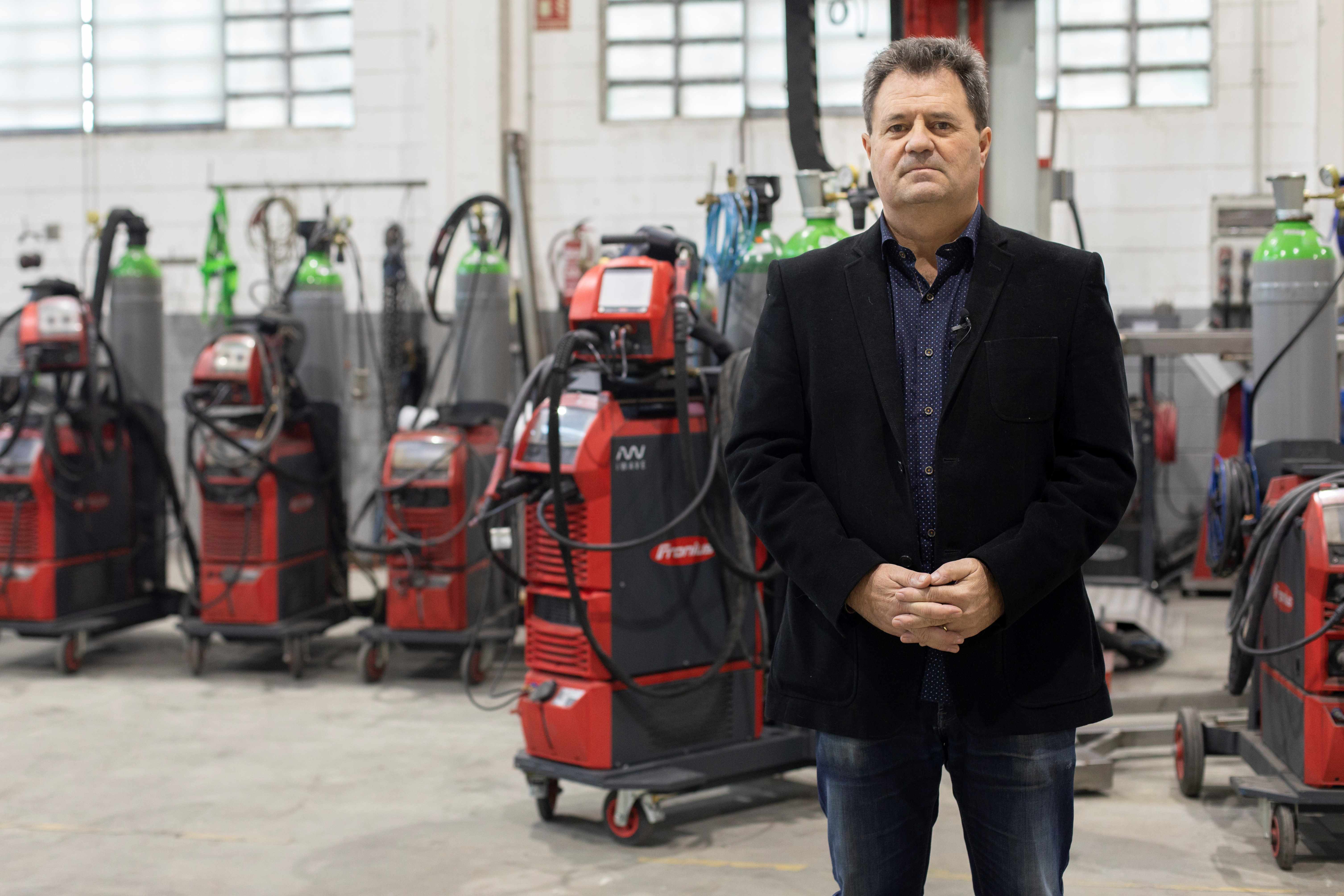

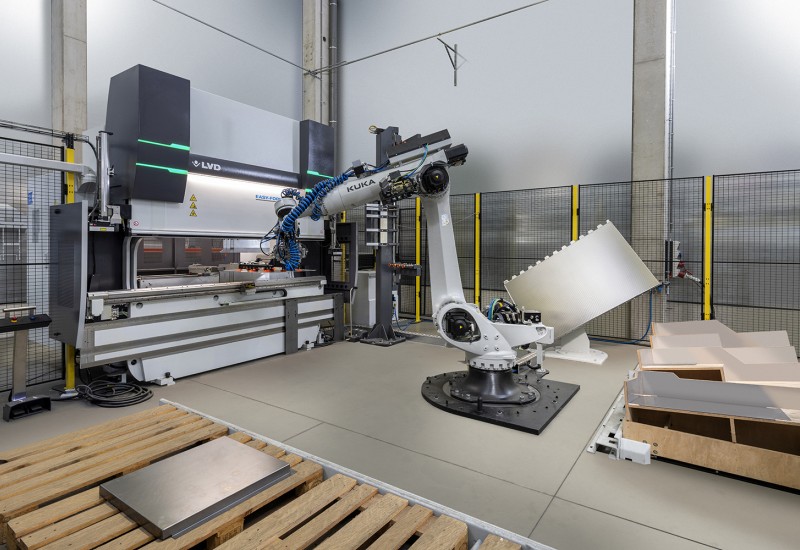
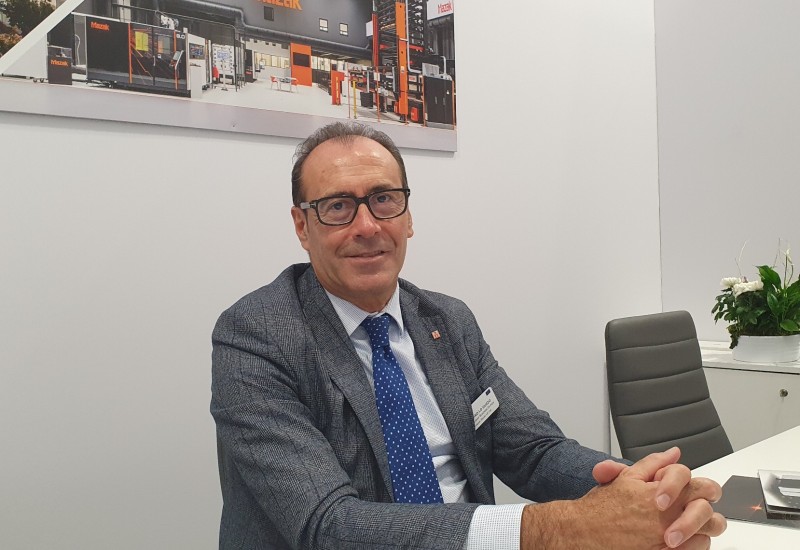

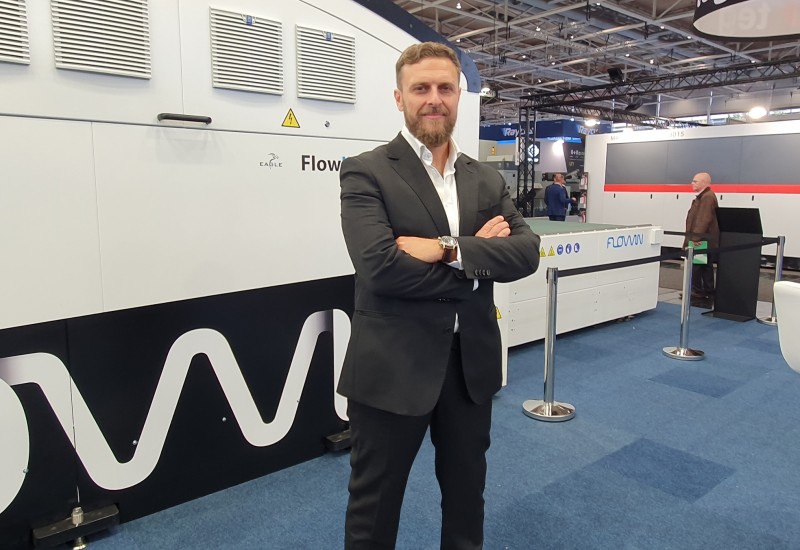
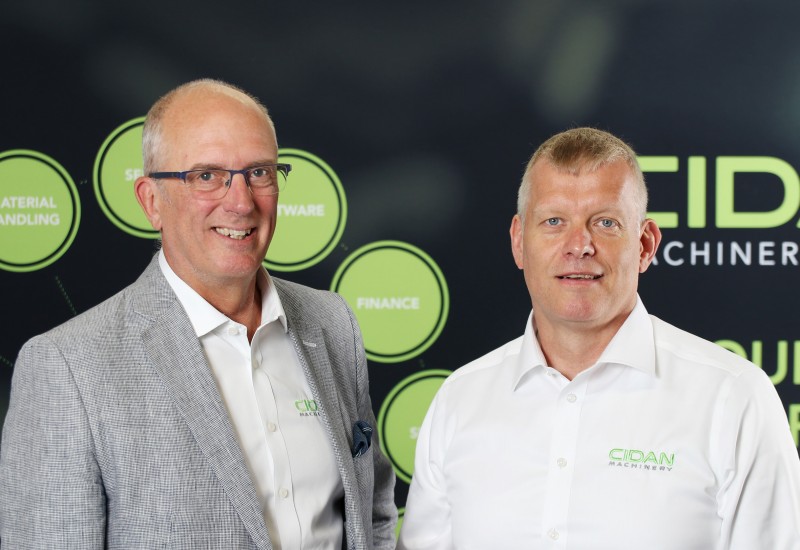

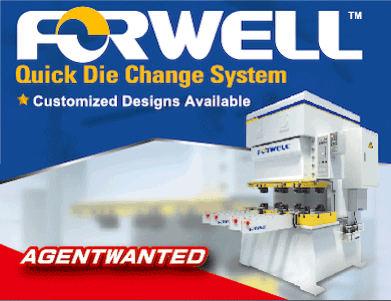



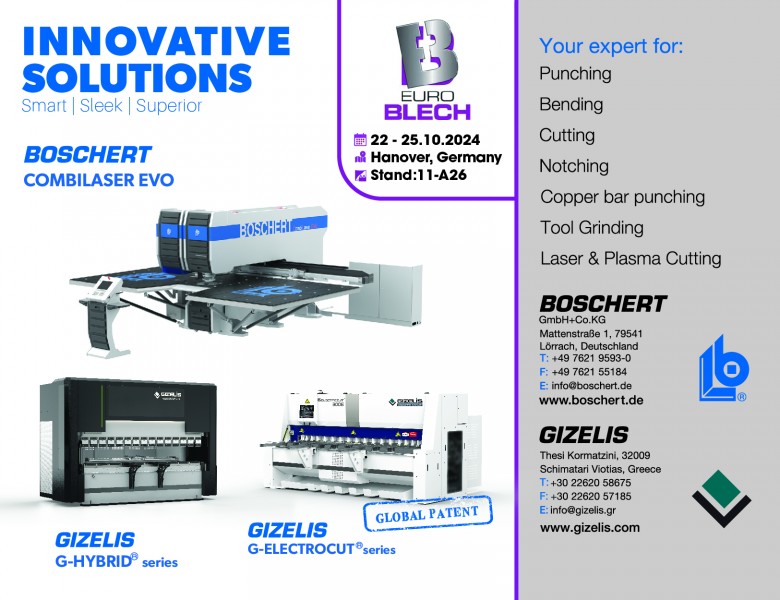


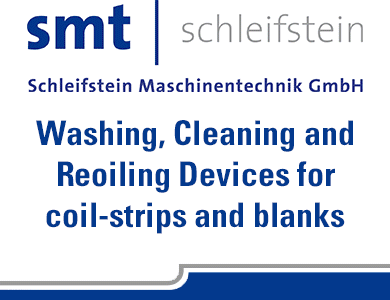
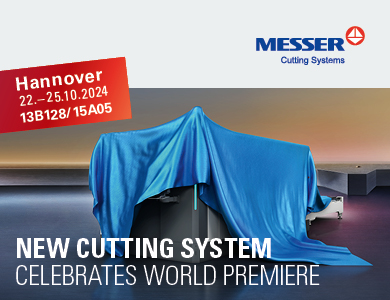
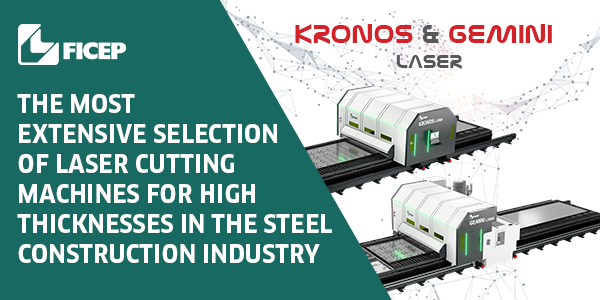
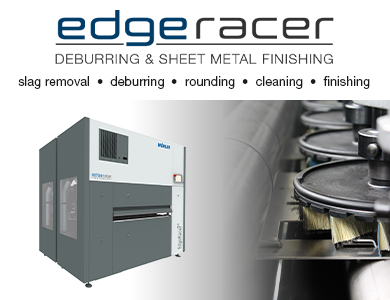

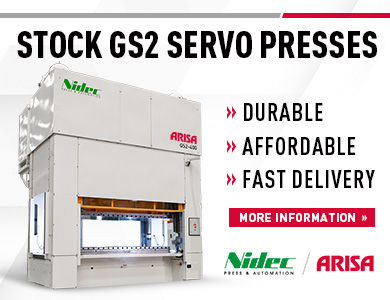


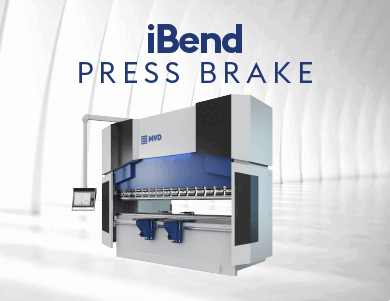
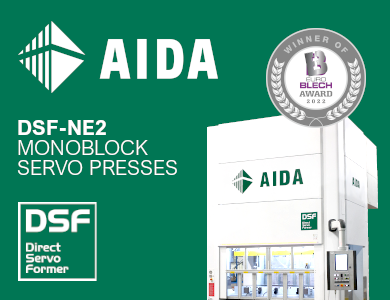

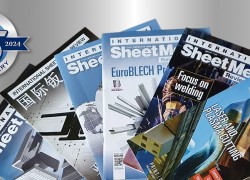

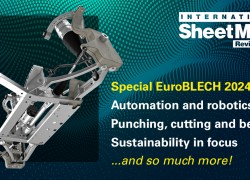

Recent comments